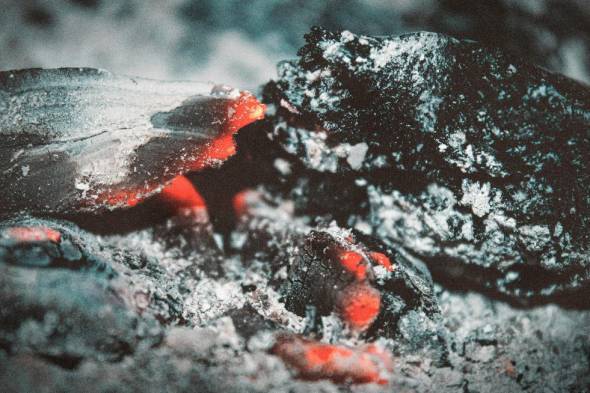Ash vacuum cleaners are indispensable tools for anyone who owns a fireplace, wood stove, or pellet stove. They make the daunting task of cleaning up ash and debris much more manageable.

However, using an ash vacuum requires careful attention to safety protocols to prevent accidents and ensure optimal performance. In this guide, we’ll delve into the best practices for using an ash vacuum safely and effectively.
Understanding Your Ash Vacuum
Before diving into the best practices, it’s essential to understand the basic components and functionality of your ash vacuum. Typically, an ash vacuum consists of a metal canister, a heat-resistant hose, a filtration system, and a motor. The vacuum is specifically designed to handle fine particles like ash without causing damage or posing a fire hazard.
Best Practices for Safe Operation
Allow Ashes to Cool: Always ensure that the ashes are completely cool to the touch before vacuuming. Hot embers can damage the vacuum’s filtration system and pose a fire risk.
Wear Protective Gear: To protect yourself from inhaling fine particles and dust, wear a dust mask, safety goggles, and gloves while operating the ash vacuum.
Check Filters Regularly: Inspect the vacuum’s filters before each use and replace them as needed. Clogged filters can impair suction power and increase the risk of overheating.
Maintain Proper Ventilation: Use the ash vacuum in a well-ventilated area to prevent the buildup of airborne particles. Opening windows and doors can help dissipate dust and maintain air quality.
Avoid Vacuuming Hot Ashes: Never attempt to vacuum hot or smoldering ashes, as they can ignite inside the vacuum and cause a fire. Always wait for the ashes to cool completely before cleaning.
Empty the Canister Safely: When the vacuum’s canister is full, turn off the motor and unplug the unit before emptying the ash. Dispose of the ashes in a metal container with a tight-fitting lid to prevent accidental ignition.
Store the Vacuum Properly: After use, store the ash vacuum in a cool, dry place away from flammable materials. Avoid placing it near heat sources or direct sunlight.
Read the Manufacturer’s Instructions: Familiarize yourself with the manufacturer’s guidelines and recommendations for operating your specific ash vacuum model. Following these instructions will help prolong the lifespan of your vacuum and ensure safe usage.
Tips for Effective Ash Vacuuming

Use the Right Attachments
Most ash vacuums come with specialized attachments for different surfaces and crevices. Use the appropriate attachment for the job to maximize efficiency.
Work Methodically
Start vacuuming from the top of the fireplace or stove and work your way down to capture all the ash and debris. Pay special attention to corners, seams, and hard-to-reach areas.
Empty the Canister Frequently
To maintain optimal suction power, regularly empty the vacuum’s canister, especially if you’re cleaning a large area. A full canister can impede airflow and reduce performance.
Clean the Vacuum After Each Use
After completing your ash vacuuming session, take the time to clean the vacuum’s filters, hose, and canister. This will prevent the buildup of ash residue and prolong the life of your equipment.
Conclusion
Following these best practices for using an ash vacuum safely and effectively can streamline the cleaning process while minimizing the risk of accidents and damage. Remember to prioritize safety at all times and invest in a high-quality ash vacuum that meets your needs. With proper care and maintenance, your ash vacuum will remain a valuable asset for years to come.


